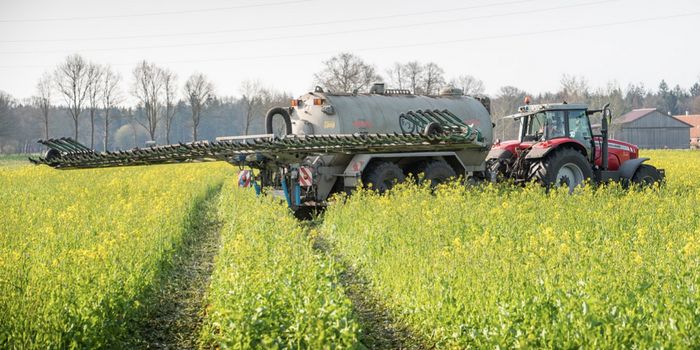Artifical leaf produces syngas
New research funded by the Winton Programme for the Physics of Sustainability, the Biotechnology and Biological Sciences Research Council, and the Engineering and Physical Sciences Research Council showcases an artificial leaf that is capable of producing a sustainable liquid fuel called syngas that could be used as an alternative to fossil fuels. The study was reported recently in the journal Nature Materials by scientists from the University of Cambridge.
The development of syngas itself is not new, as the gas actually already exists on the market for uses such as fuels, pharmaceuticals, plastics, and fertilizers. However, currently, the production of syngas relies on fossil fuels. That’s where the artificial leaf comes in.
"You may not have heard of syngas itself but every day, you consume products that were created using it. Being able to produce it sustainably would be a critical step in closing the global carbon cycle and establishing a sustainable chemical and fuel industry," said senior author Professor Erwin Reisner from Cambridge's Department of Chemistry. Reisner has been developing this process for the last seven years, using photosynthesis as an inspiration.
However, unlike real leaves, the artificial leaf has some properties that allow it to function in almost any condition, even without much sunlight. "This means you are not limited to using this technology just in warm countries, or only operating the process during the summer months," said first author Virgil Andrei. "You could use it from dawn until dusk, anywhere in the world."
So how does it work? The leaf has two light absorbers that are combined with a catalyst made from cobalt. As Science Daily explains, “When the device is immersed in water, one light absorber uses the catalyst to produce oxygen. The other carries out the chemical reaction that reduces carbon dioxide and water into carbon monoxide and hydrogen, forming the syngas mixture.”
The key difference in this study, as compared to previous “artificial leaves,” is the efficiency and cost-effectiveness of cobalt catalysts and perovskite light absorbers. These materials are able to produce a high photovoltage and electrical current, via which carbon dioxide is reduced to carbon monoxide more efficiently.
The researchers plan to continue their work with the ultimate goal of creating more sustainable fuels. "We are aiming at sustainably creating products such as ethanol, which can readily be used as a fuel," said Andrei. "It's challenging to produce it in one step from sunlight using the carbon dioxide reduction reaction. But we are confident that we are going in the right direction, and that we have the right catalysts, so we believe we will be able to produce a device that can demonstrate this process in the near future."
Sources: Science Daily, Nature Materials









